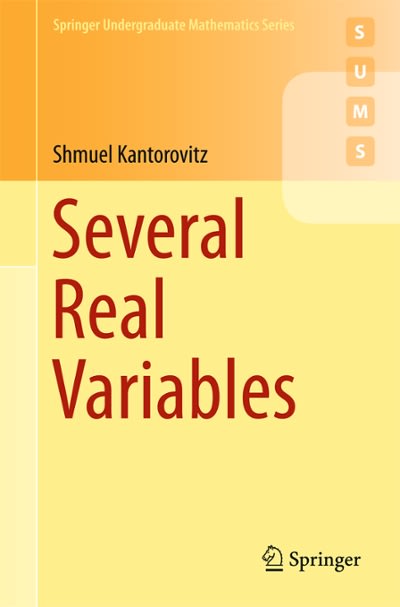Question
Exercise 14-29 Algo A sports analyst for Major League Baseball wonders whether there is a relationship between a pitcher's salary (in $ millions) and his
Exercise 14-29 Algo
A sports analyst for Major League Baseball wonders whether there is a relationship between a pitcher's salary (in $ millions) and his earned run average (ERA). The accompanying table lists a portion of the data that she collected for 10 pitchers.
| Pitcher | Salary | ERA |
|---|---|---|
| 1 | 10.0 | 2.51 |
| 2 | 3.0 | 2.52 |
| 10 | 0.4 | 2.83 |
Excel Data File
| Pitcher | Salary | ERA |
| 1 | 10 | 2.51 |
| 2 | 3 | 2.52 |
| 3 | 0.2 | 2.27 |
| 4 | 10 | 2.13 |
| 5 | 9 | 2.12 |
| 6 | 4.9 | 2.56 |
| 7 | 6.8 | 2.87 |
| 8 | 7 | 2.88 |
| 9 | 10 | 2.57 |
| 10 | 0.4 | 2.83 |
a-1.Estimate the model:Salary =0+1ERA +.(Negative values should be indicated by a minus sign. Enter your answers, in millions, rounded to 2 decimal places.)
a-2.Interpret the coefficient of ERA.
multiple choice
- A one-unit increase in ERA, predicted salary decreases by $3.16 million.
- A one-unit increase in ERA, predicted salary increases by $3.16 million.
- A one-unit increase in ERA, predicted salary decreases by $10.96 million.
- A one-unit increase in ERA, predicted salary increases by $10.96 million.
b.Use the estimated model to predict salary for Player 1 and Player 2. For example, use the sample regression equation to predict the salary for J. Santana with ERA = 2.51.(Do not round intermediate calculations. Round your final answers (in millions) to 2 decimal places.)
c.Derive the corresponding residuals for Player 1 and Player 2.(Negative values should be indicated by a minus sign. Round your final answers (in millions) to 2 decimal places.)
Step by Step Solution
There are 3 Steps involved in it
Step: 1

Get Instant Access to Expert-Tailored Solutions
See step-by-step solutions with expert insights and AI powered tools for academic success
Step: 2

Step: 3

Ace Your Homework with AI
Get the answers you need in no time with our AI-driven, step-by-step assistance
Get Started


